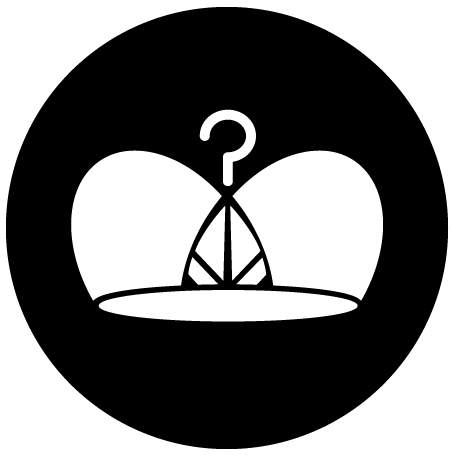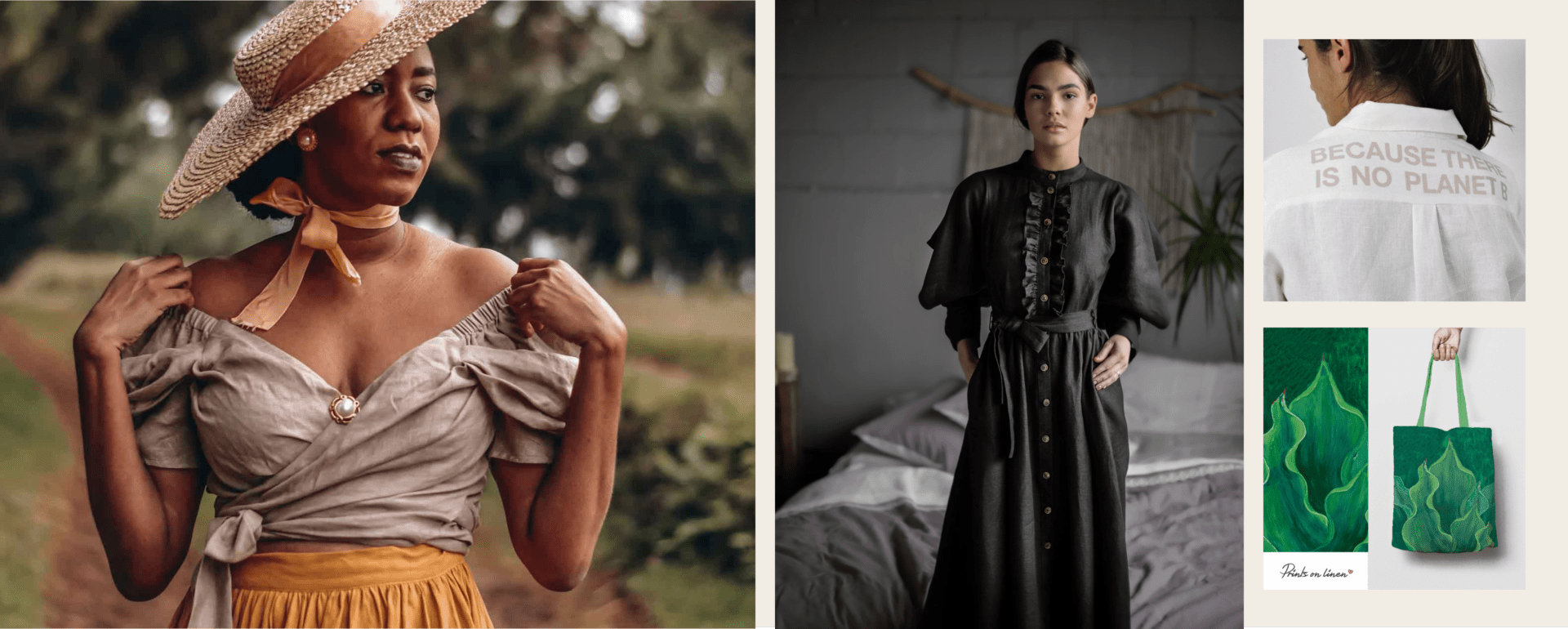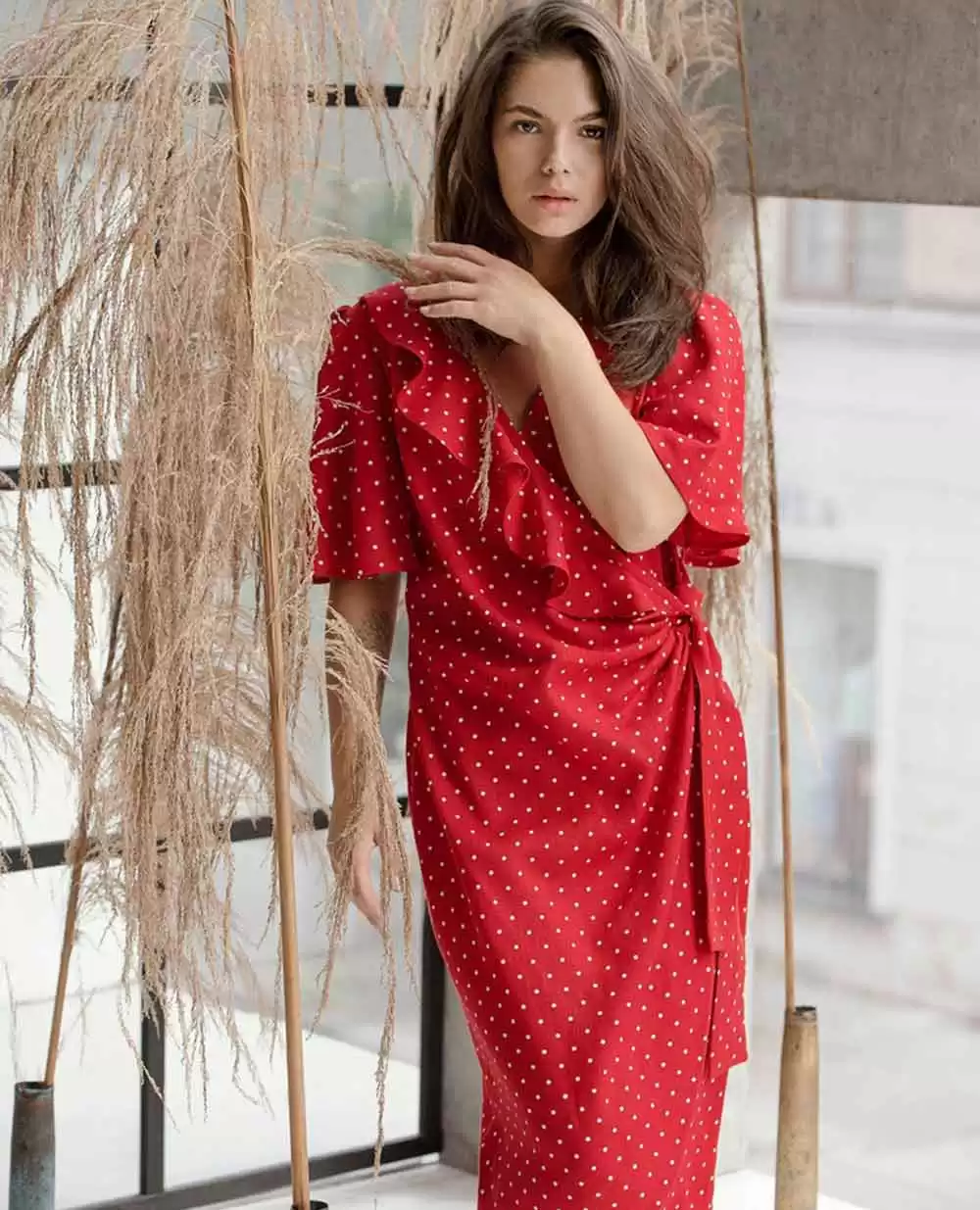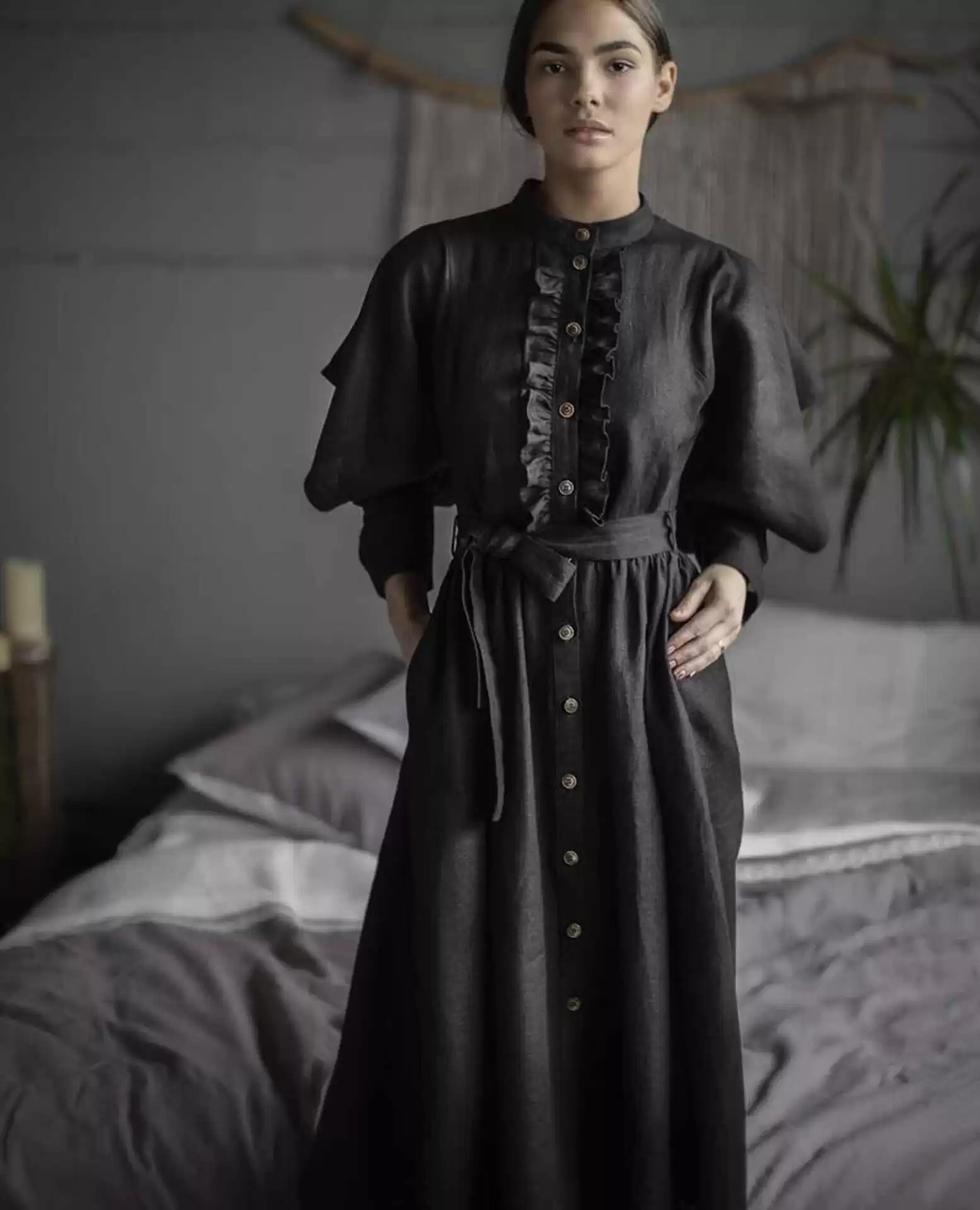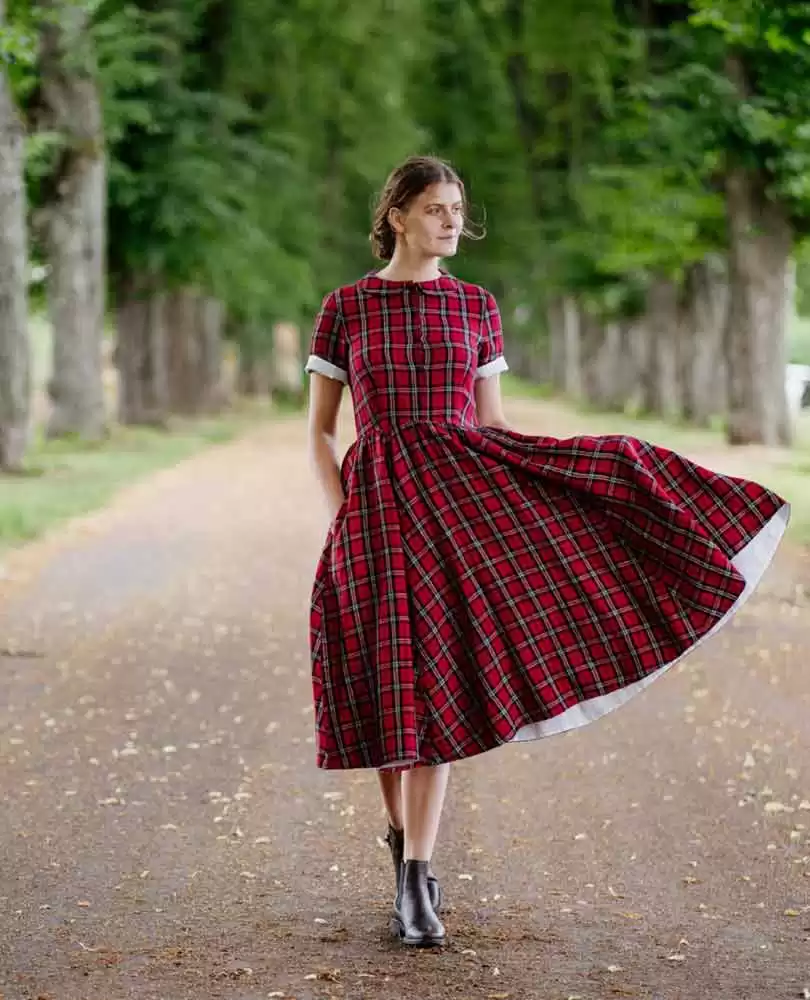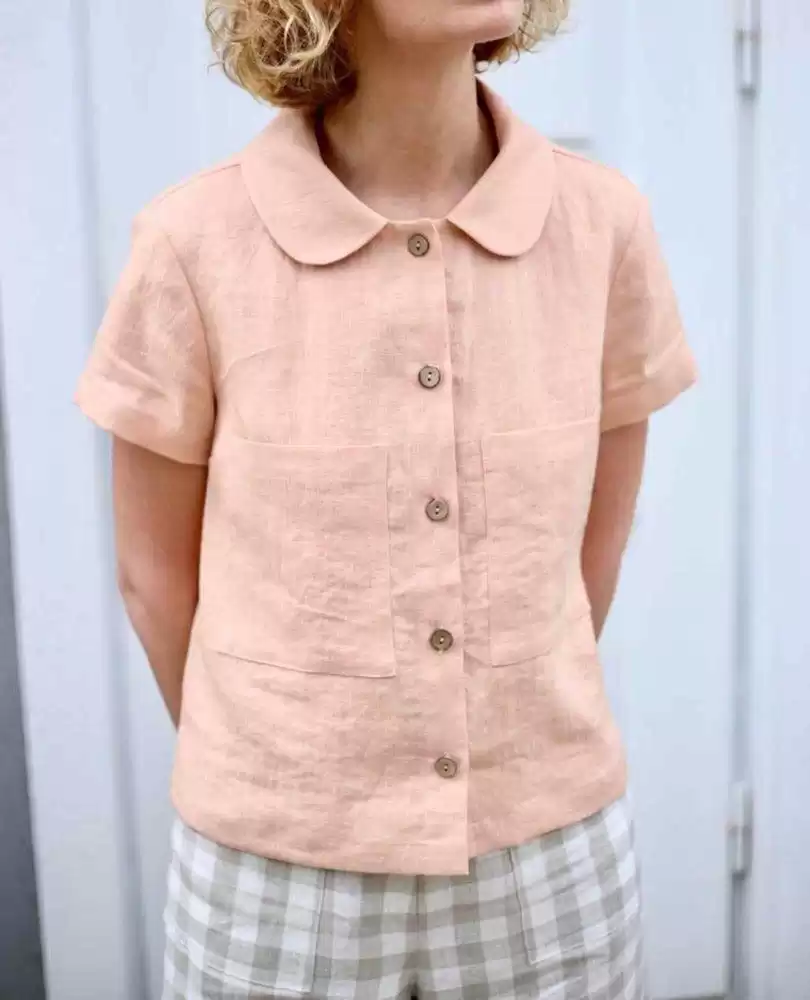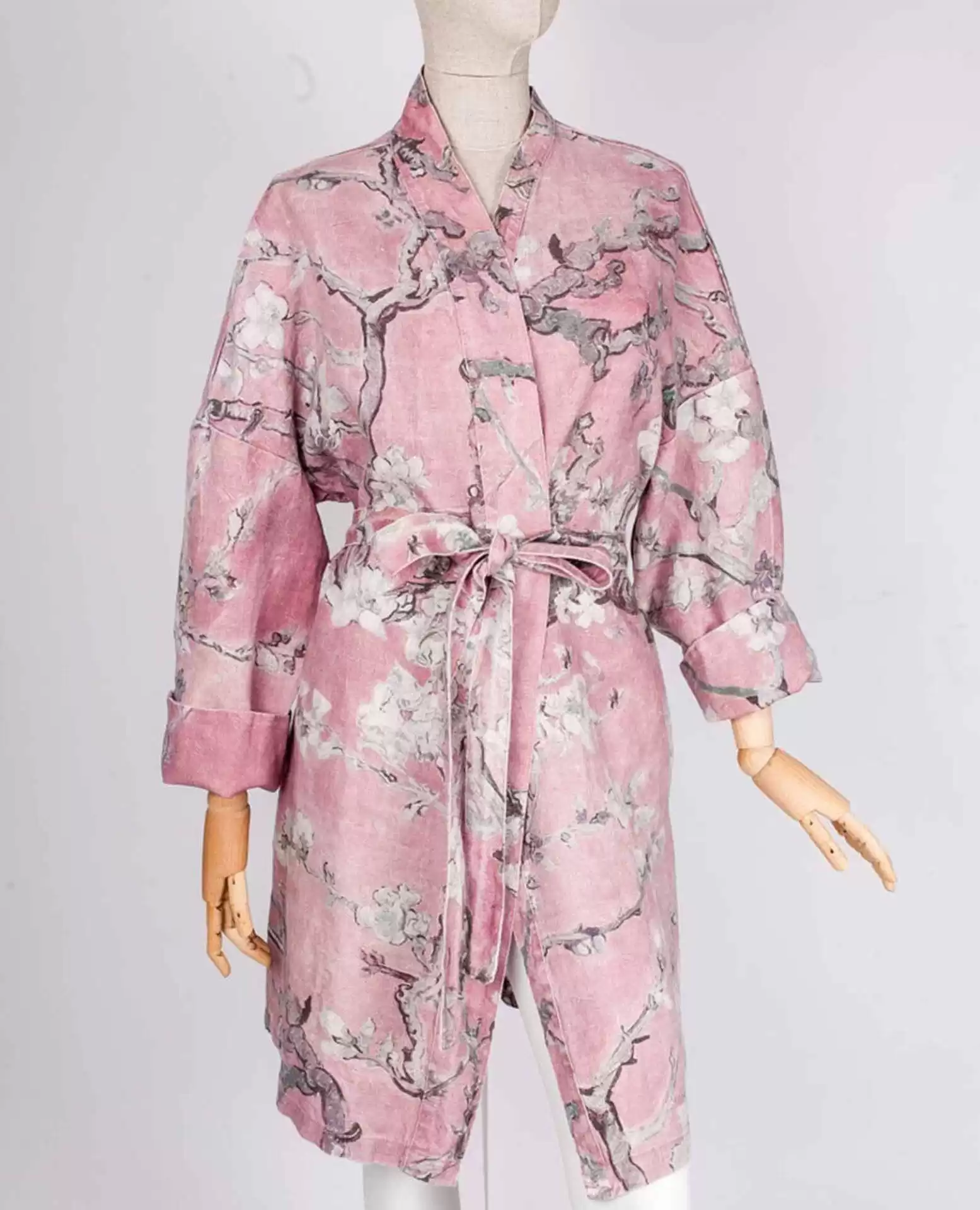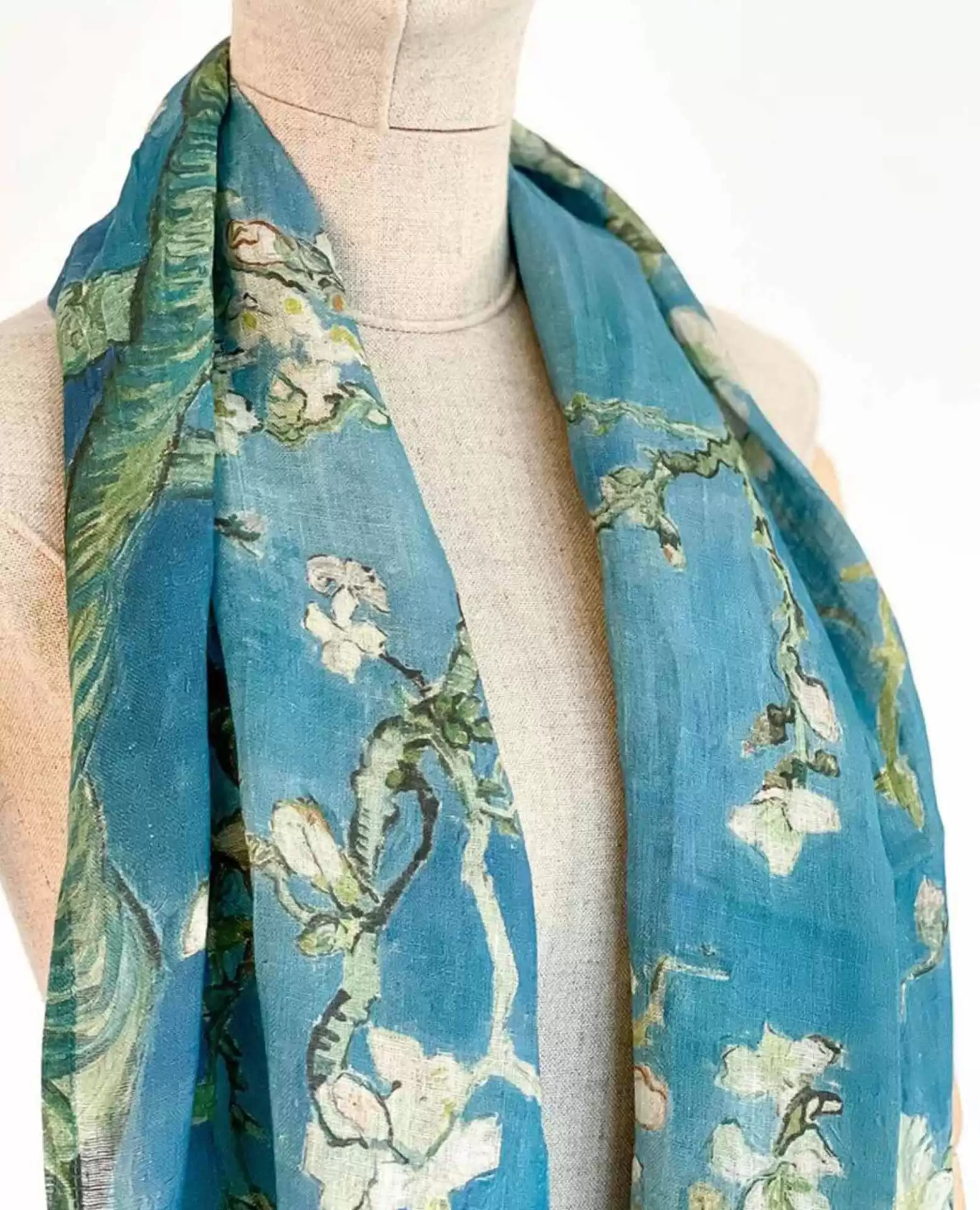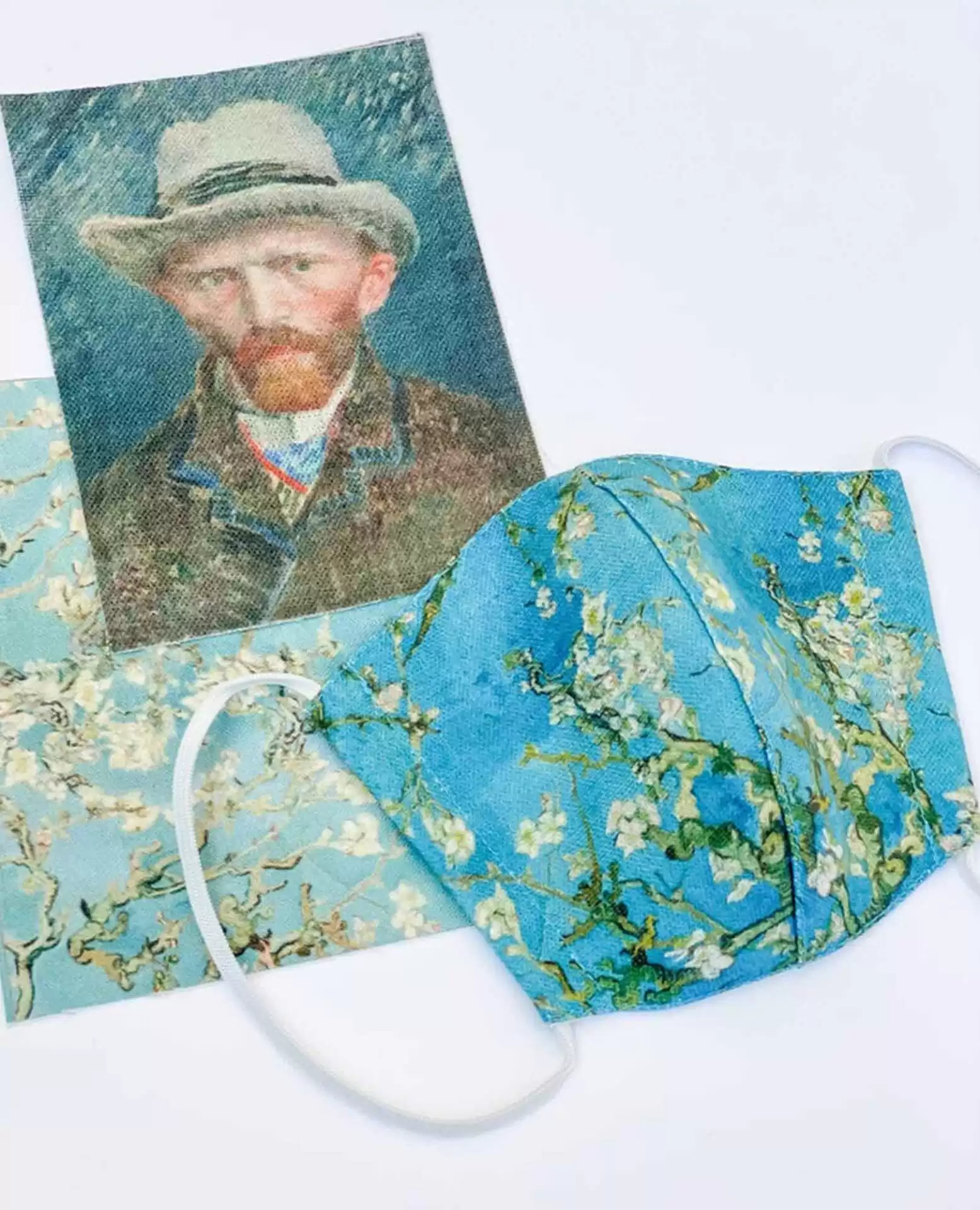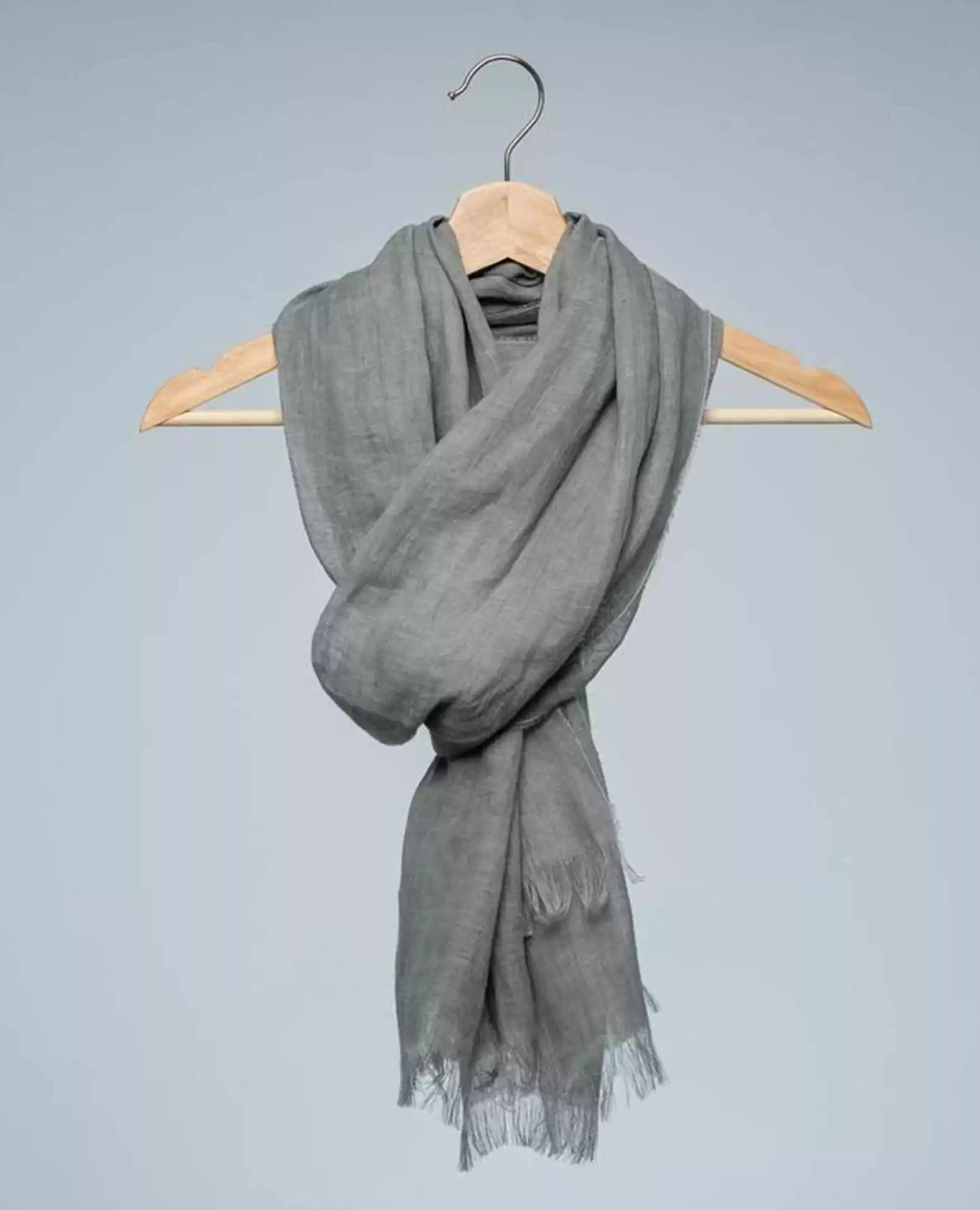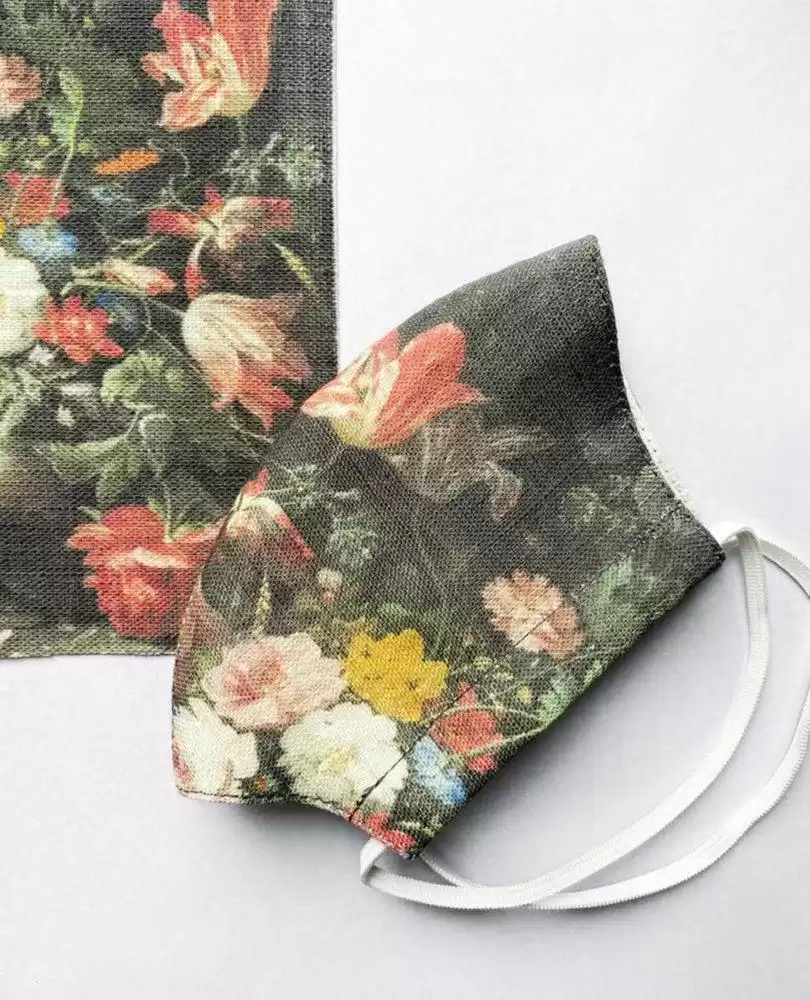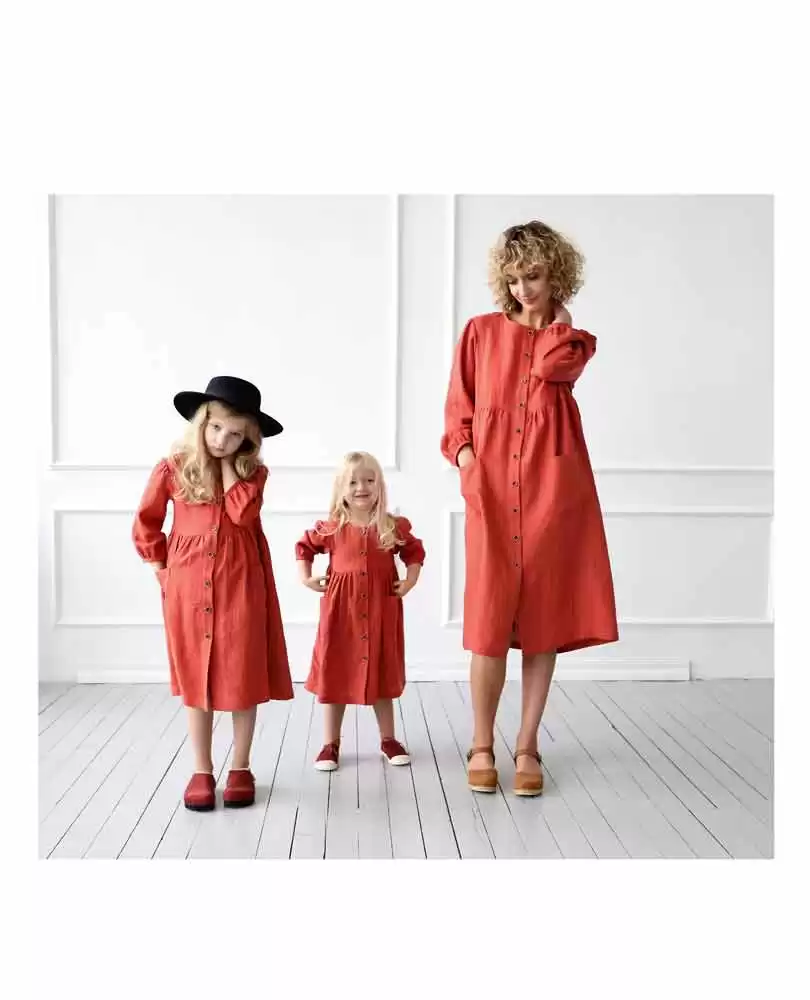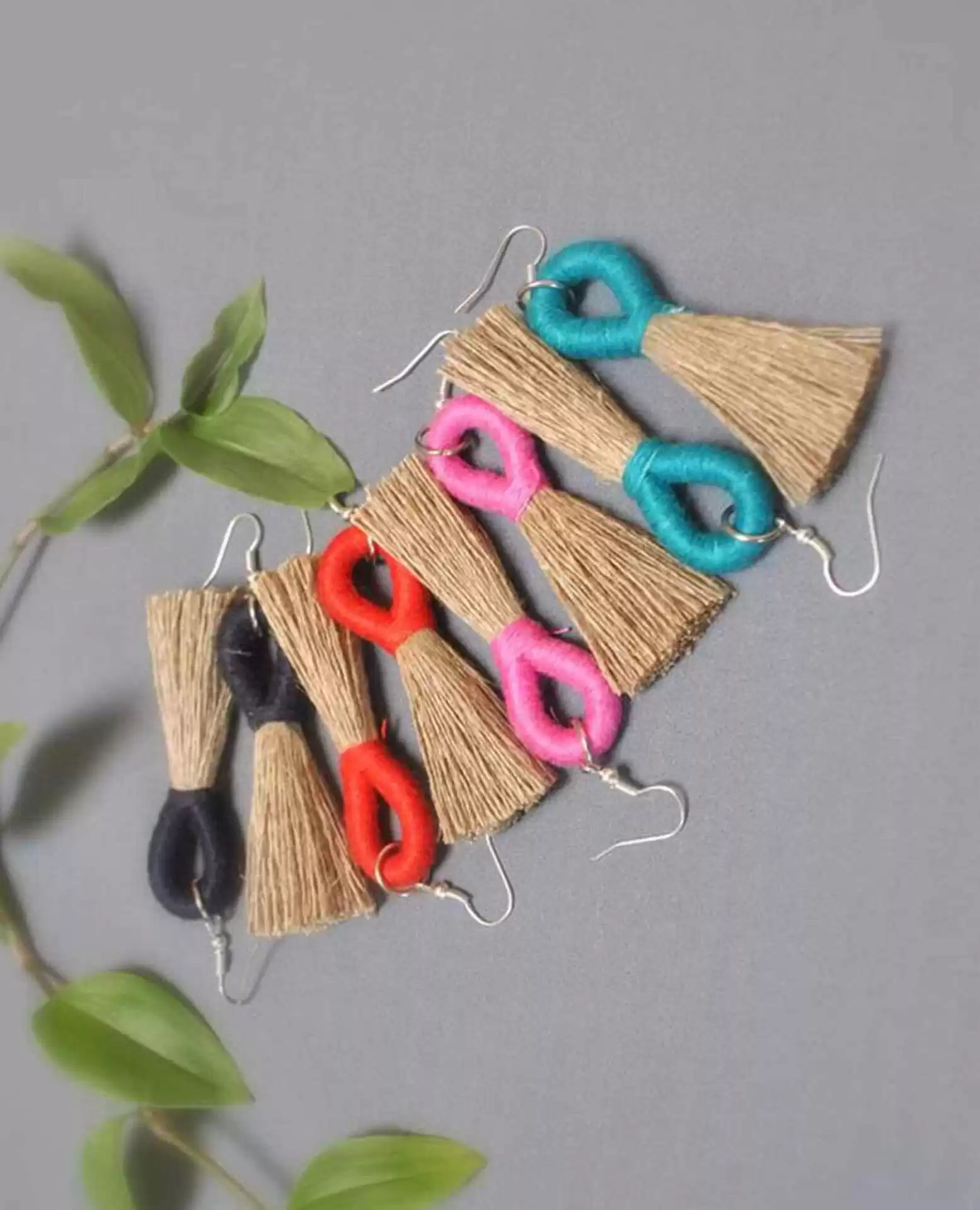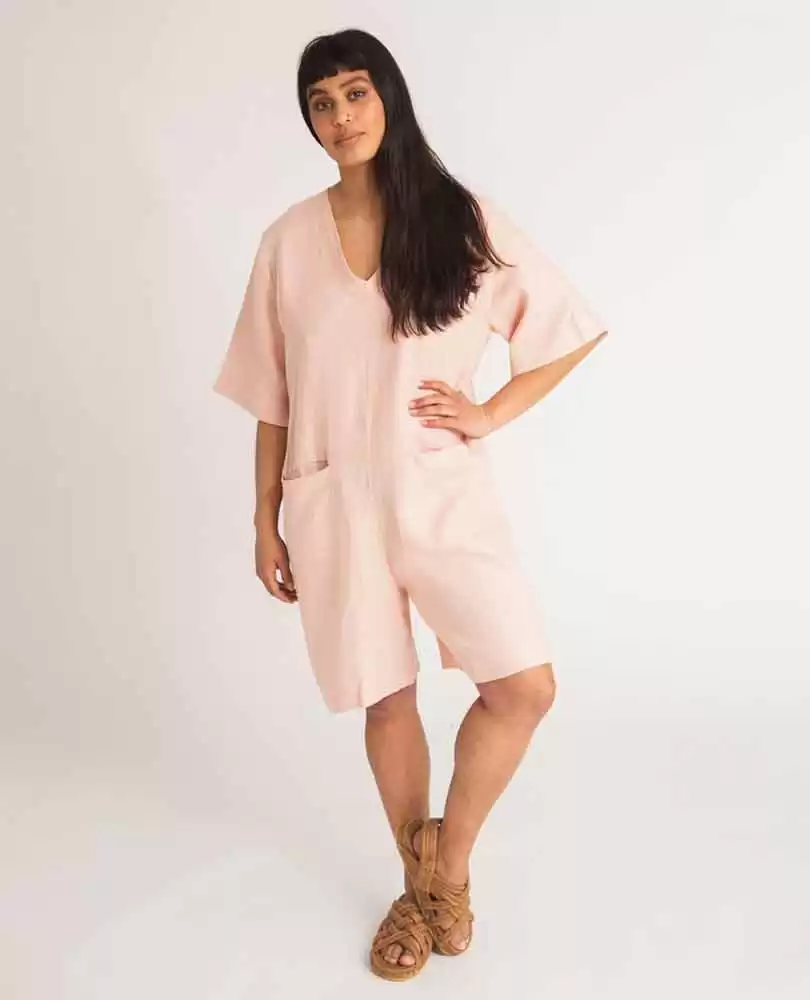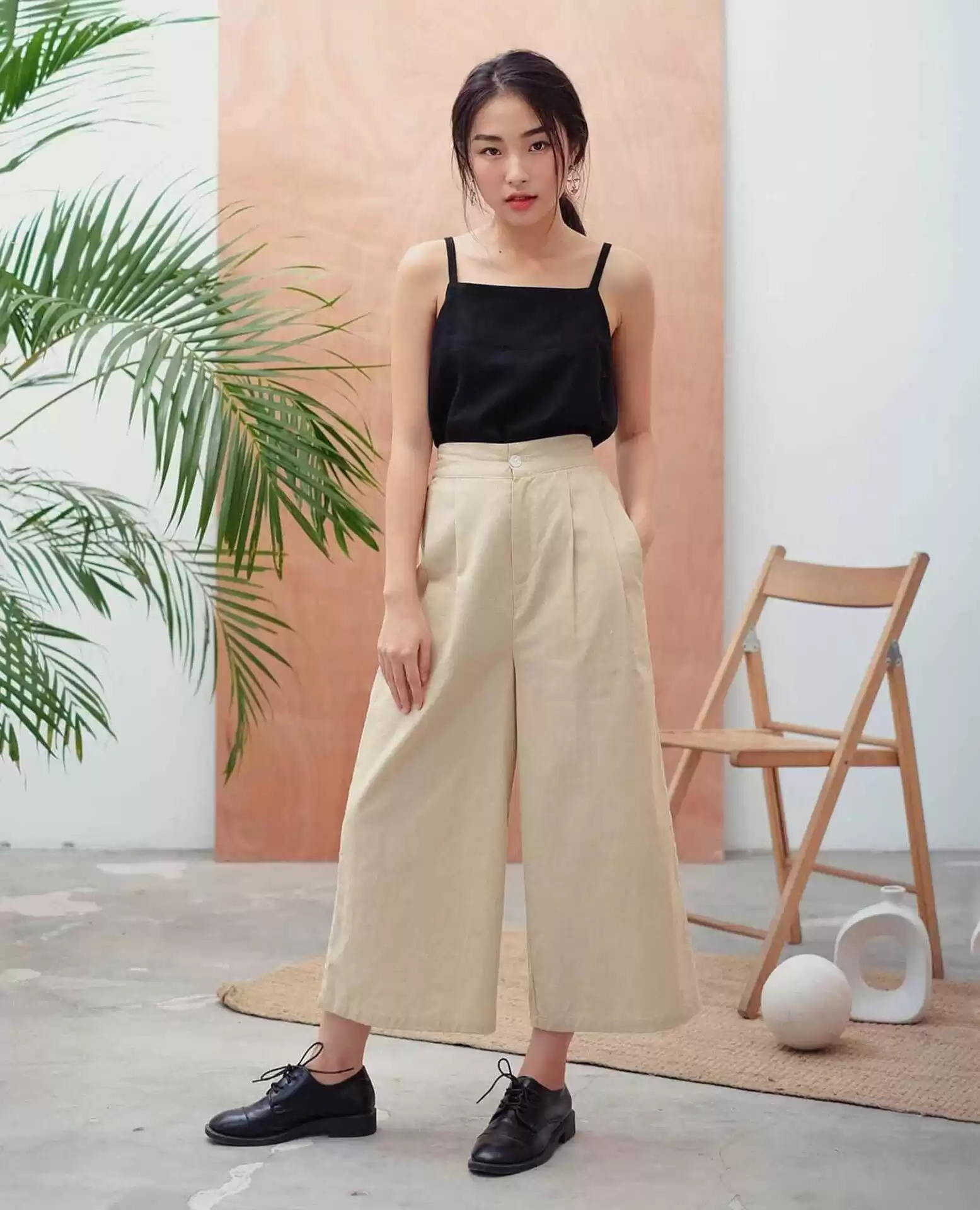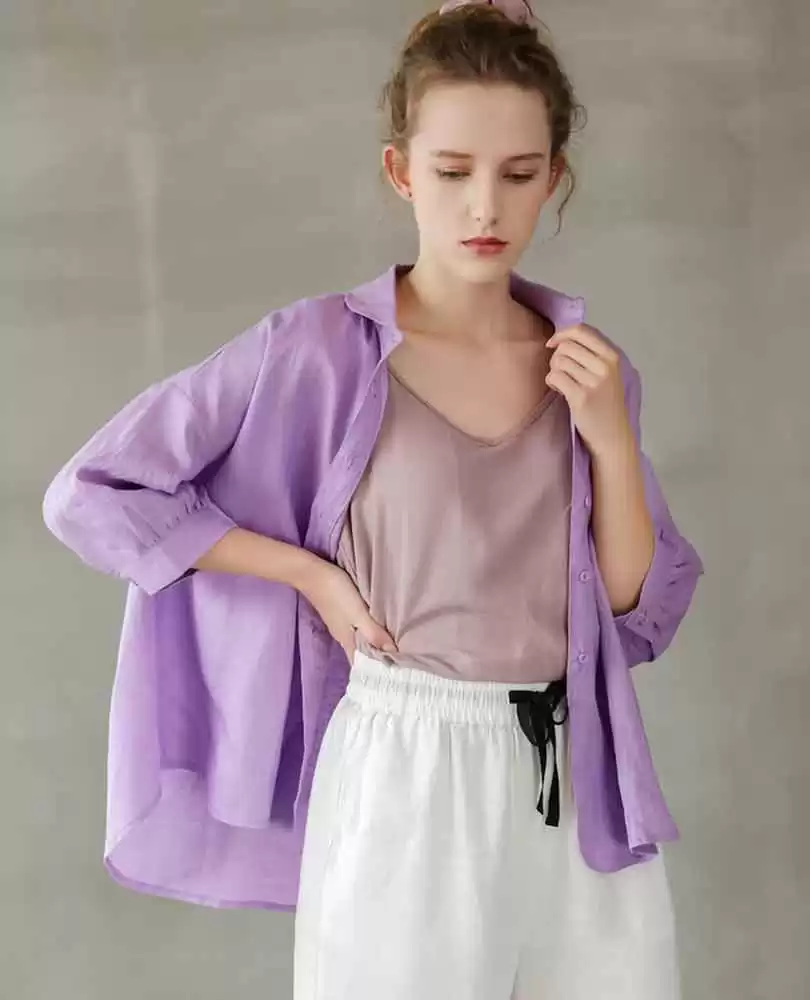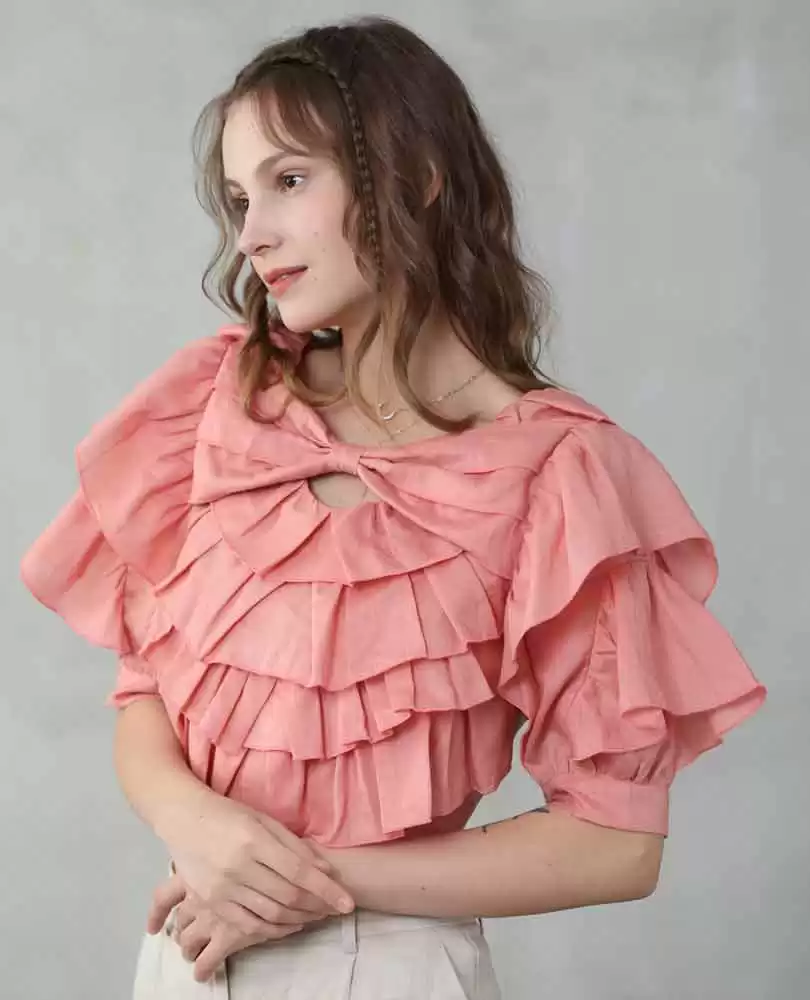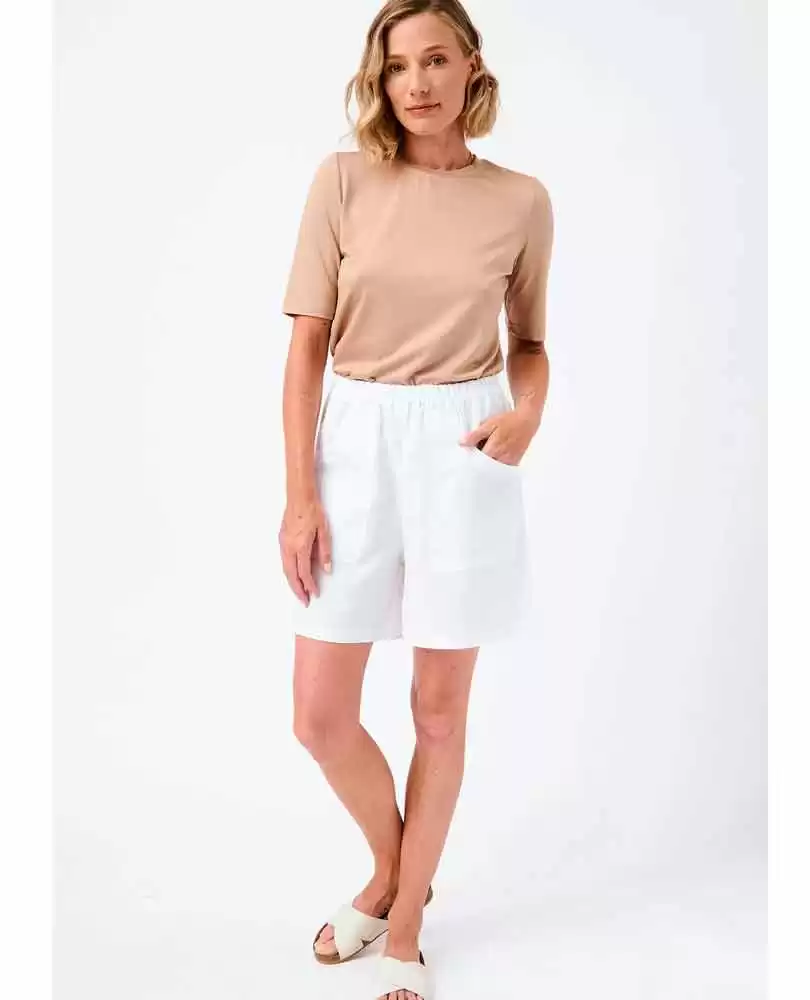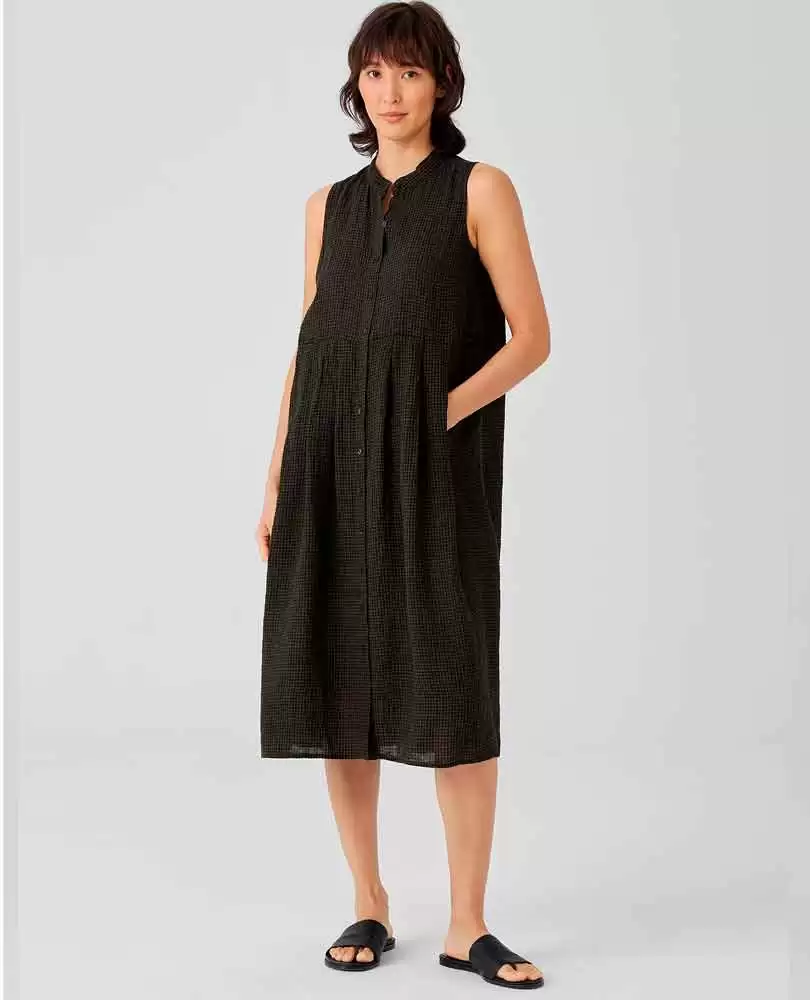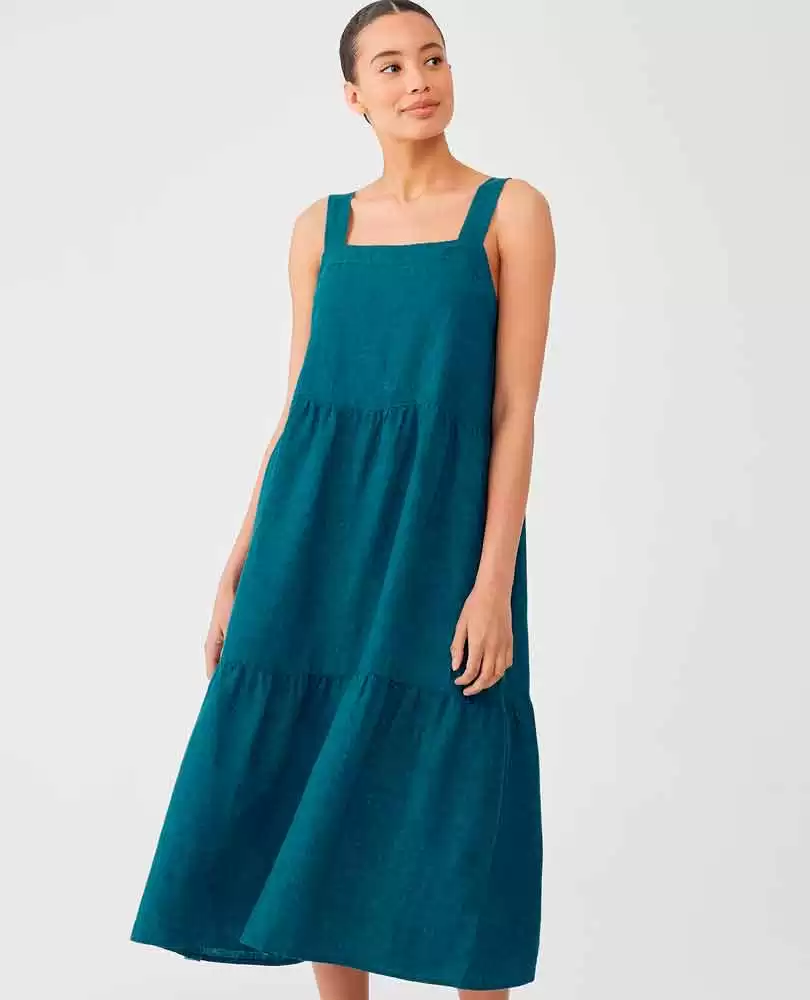09 Jun Linen – one of the most eco-friendly fabrics
The fantastic qualities of linen are well known. We wear linen on hot summer days and use it all year round as our bed clothes, curtains, tablecloth, rugs, ropes and more.
The flax plant has been cultivated and used to make fiber for over six thousand years in just about every country in the world. Linen has always been one of the most biodegradable and stylish fabrics in fashion history. It is strong, naturally moth-resistant, and is made from flax plant fibers. When untreated (not dyed), it is fully biodegradable.
Linen is strong – the unique feature of linen is that it can be worn for years and gets better with time. So when you invest in a new linen item, you know it’ll serve you well for a long time.
Flax, the plant from which linen is made, is also extremely versatile. Every part of the flax plant has traditionally been used to create a worthwhile product—nothing is wasted, and production is highly efficient.
Flax is resilient and can grow in poor soil, using far less water in its consumption than cotton. According to the European Confederation of Linen and Hemp, during its entire lifecycle, a linen shirt uses 6.4 liters of water, compared to 2,700 litres for a cotton shirt. Learn about linen production from this short video.
Video credit: Victoria and Albert Museum on YouTube
The dark side of linen
Sadly, there is also a dark side to this wonder fabric – bleaching. Because natural linen color is light beige, brownish or greyish and most people want to have some classic colors of white shades, linen has to undergo some heavy bleaching. The chemicals that are used in this process are very harmful for the environment, which makes linen less sustainable.
Dyes can also be problematic: if you buy non-organic linen, there is no guarantee that the manufacturer hasn’t used harmful dyes.
Linen manufacturing is a very complicated and time-consuming process. There are many manual processes that have to be undertaken. That is why linen is also a more expensive textile.
Although linen doesn’t need much fertilizer or pesticides, it doesn’t mean they are never used. In fact, most non-organic flax is grown using nitrates. Too much nitrates can get into water and harm our environment. In terms of pesticides use, linen usually needs less than other crops.
What to look out for when?
Check if a linen brand or a product is certified. Global Organic Textile Standard (GOTS) also applies to linen. Otherwise there is no guarantee no harmful pesticides were used in the production.
Dyes can also be problematic: if you buy non-organic linen, there is no guarantee that the manufacturer hasn’t used harmful dyes.
Linen manufacturing is a very complicated and time-consuming process. There are many manual processes that have to be undertaken. That is why linen is also a more expensive textile.
If you want to invest in sustainable linen, buy organic linen products. If you can’t afford a new luxurious product, try to buy second-hand instead. Don’t settle for less quality because you can’t afford it. Be patient, save up, and enjoy a fantastic garment as a reward.
